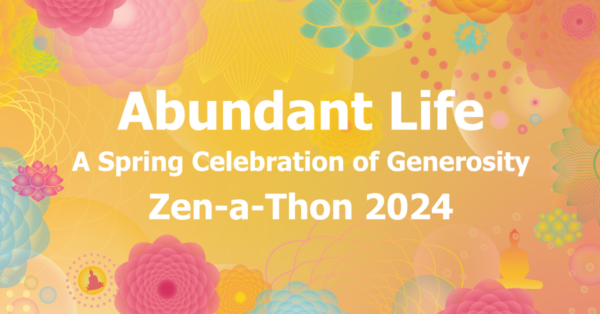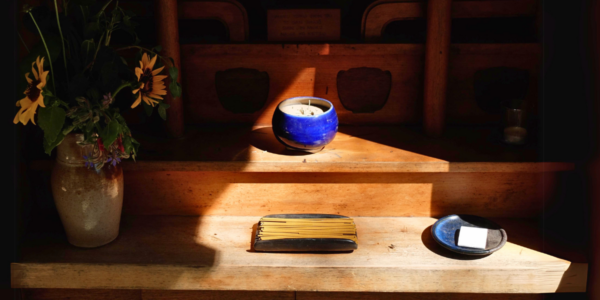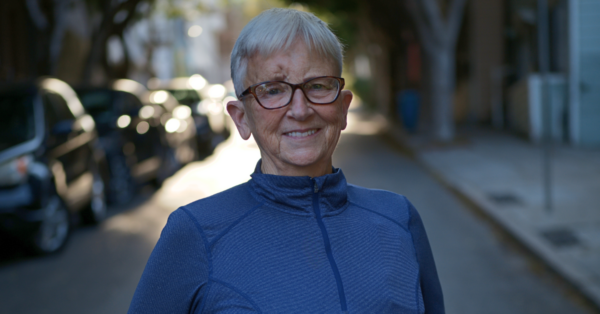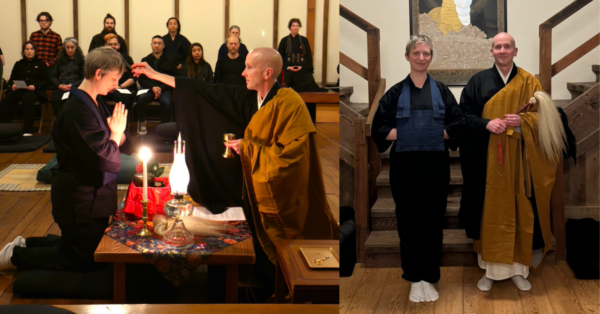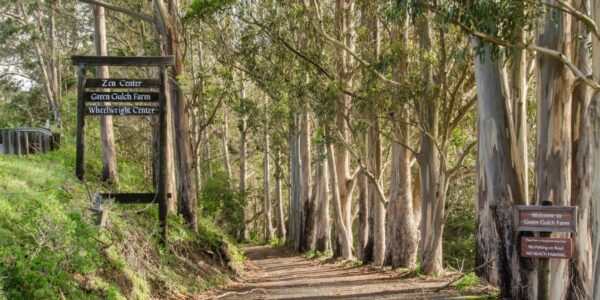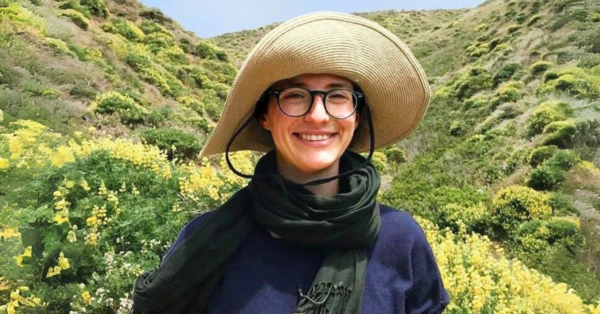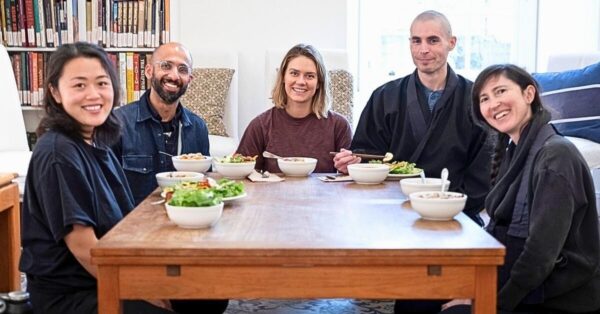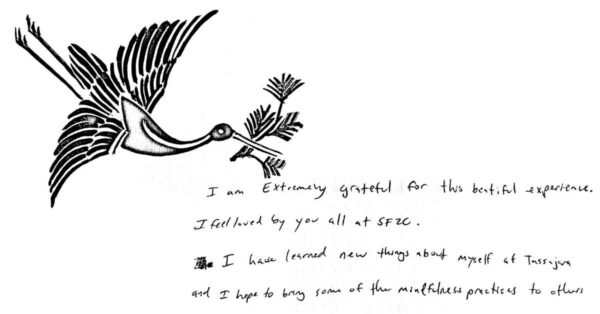Traditionally the exclusive practice of the Chinese Imperial elite, the Tai Yi Swimming Dragon Quan is a form of Taichi that has been made available to the public only since the 1980s by Grandmaster Yu Anren. One of Yu’s first two main representatives of the style outside China is Liping Julia Zhu, who has been teaching people of all ages for more than 20 years. In the 1997 San Francisco video below, Liping demonstrates the slow, graceful Swimming Dragon Quan Taichi Qigong Form I, for which she won a gold medal in the 1996/1997 International Martial Arts Tournament.
Also a licensed acupuncturist, Liping has been teaching Taichi and Qigong to people of all ages for more than 20 years. She comes to City Center on August 17 to lead Taichi for Health, a half-day workshop introducing some basic movements and principles for beginners.
Her website describes Swimming Dragon as “a unique and graceful moving form combining Taichi, Qigong, yogic stretching and dancing arts, emphasizing both internal energy and external form practices. It stretches all your tendons and ligaments, and promotes the circulation of Qi (energy) and blood. With persistent practice, it will naturally improve your flexibility, coordination, balance and energy circulation and complements any style of sitting meditation.”
One of Liping’s students, Will Fuller, can testify to that: “I practiced Tai Yi Swimming Dragon Quan with Liping for about a year. As a Zen Buddhist practitioner I was eager to bring movement into my rather sedentary daily meditation practice. I originally intended for Tai Yi to be a supplement to my sitting practice, bringing movement back into my life. To an extent it was just this, but what startled me was the profound mindfulness and meditative quality that permeates the practice of Tai Yi. It became clear to me as I continued practicing with Liping that Tai Yi is itself a meditation practice, and as I began to loosen my grip on the duality of movement and stillness, my understanding of not only my Tai Yi practice but also my sitting practice expanded. I found myself on day four of a sesshin, sitting in an upright posture and noticing my complete solid mountain stillness begin to flow.”
[iframe width=”560″ height=”315″ src=”//www.youtube.com/embed/HR3HBrEpqHE” frameborder=”0″ allowfullscreen></iframe]


